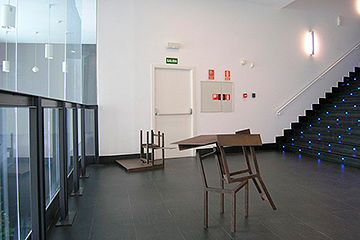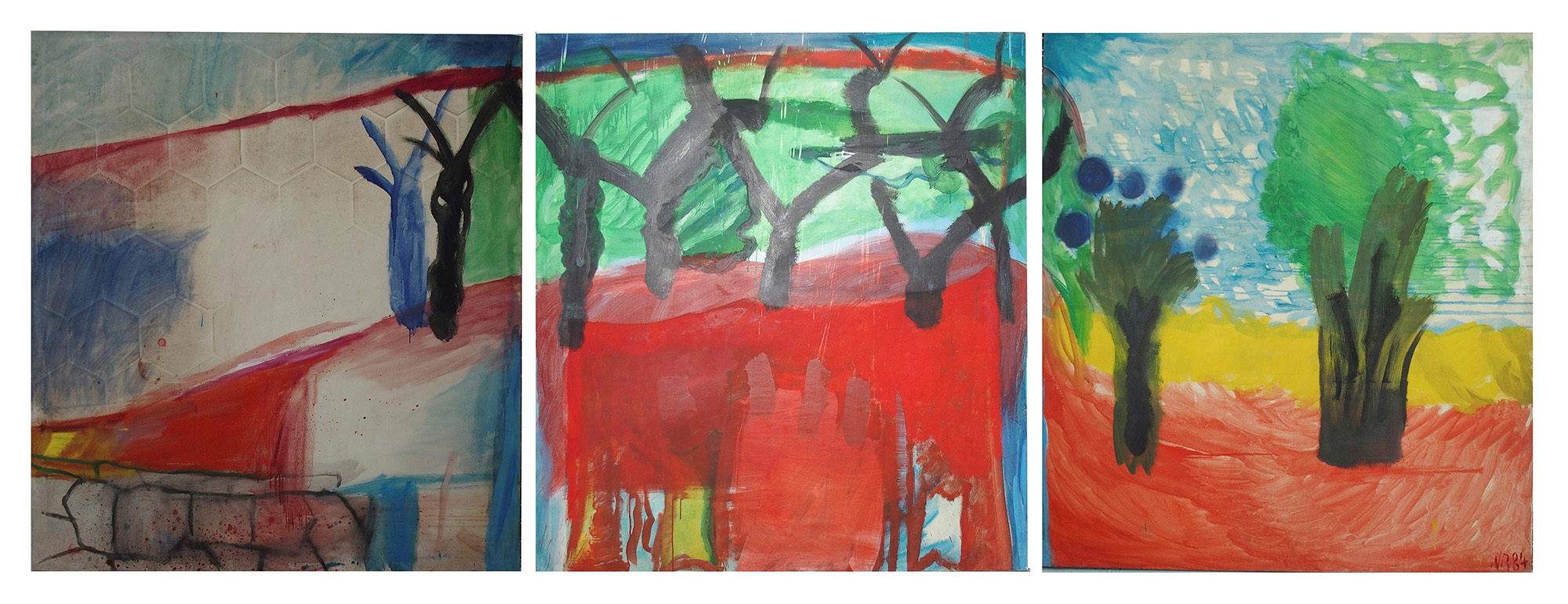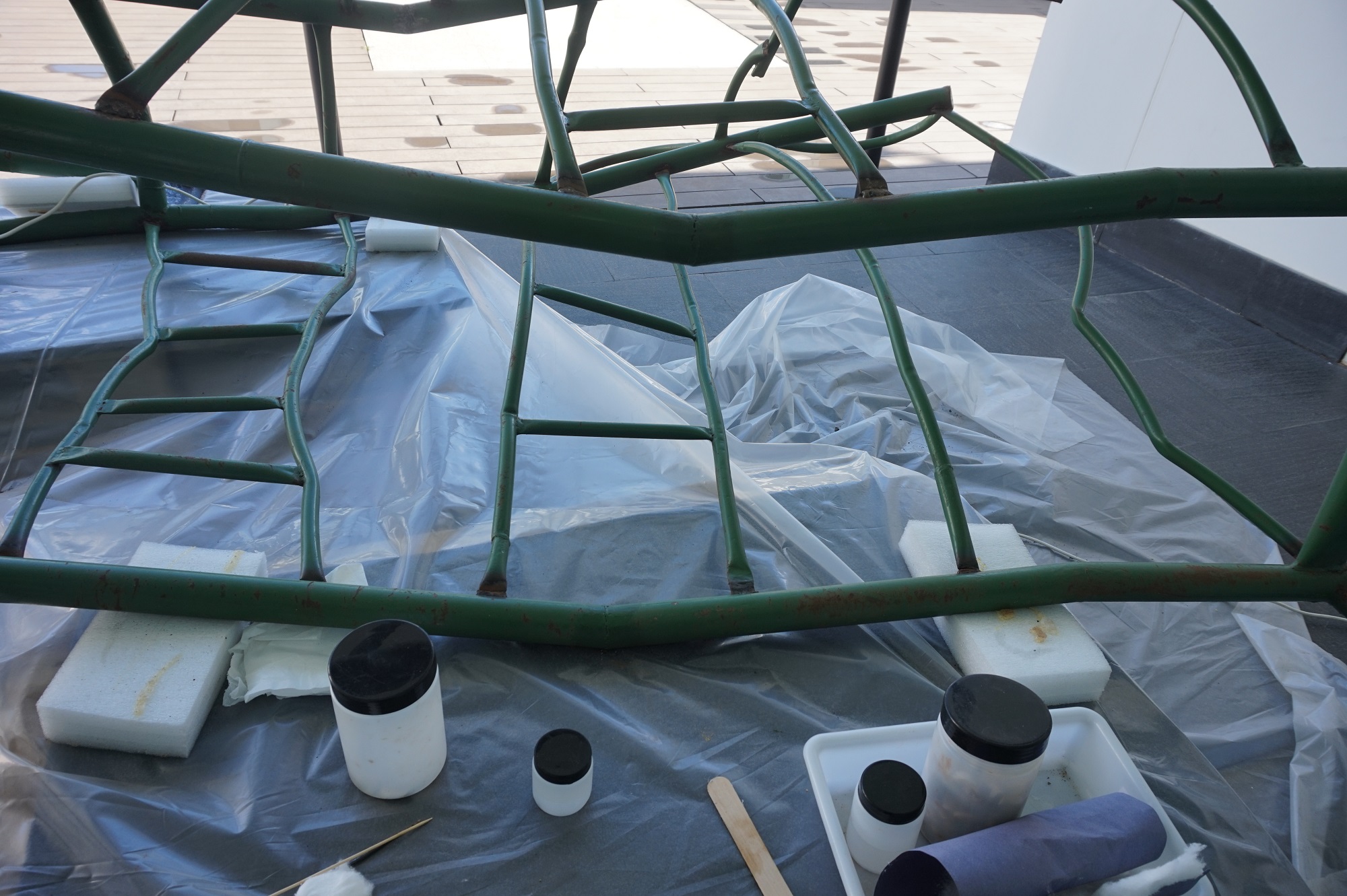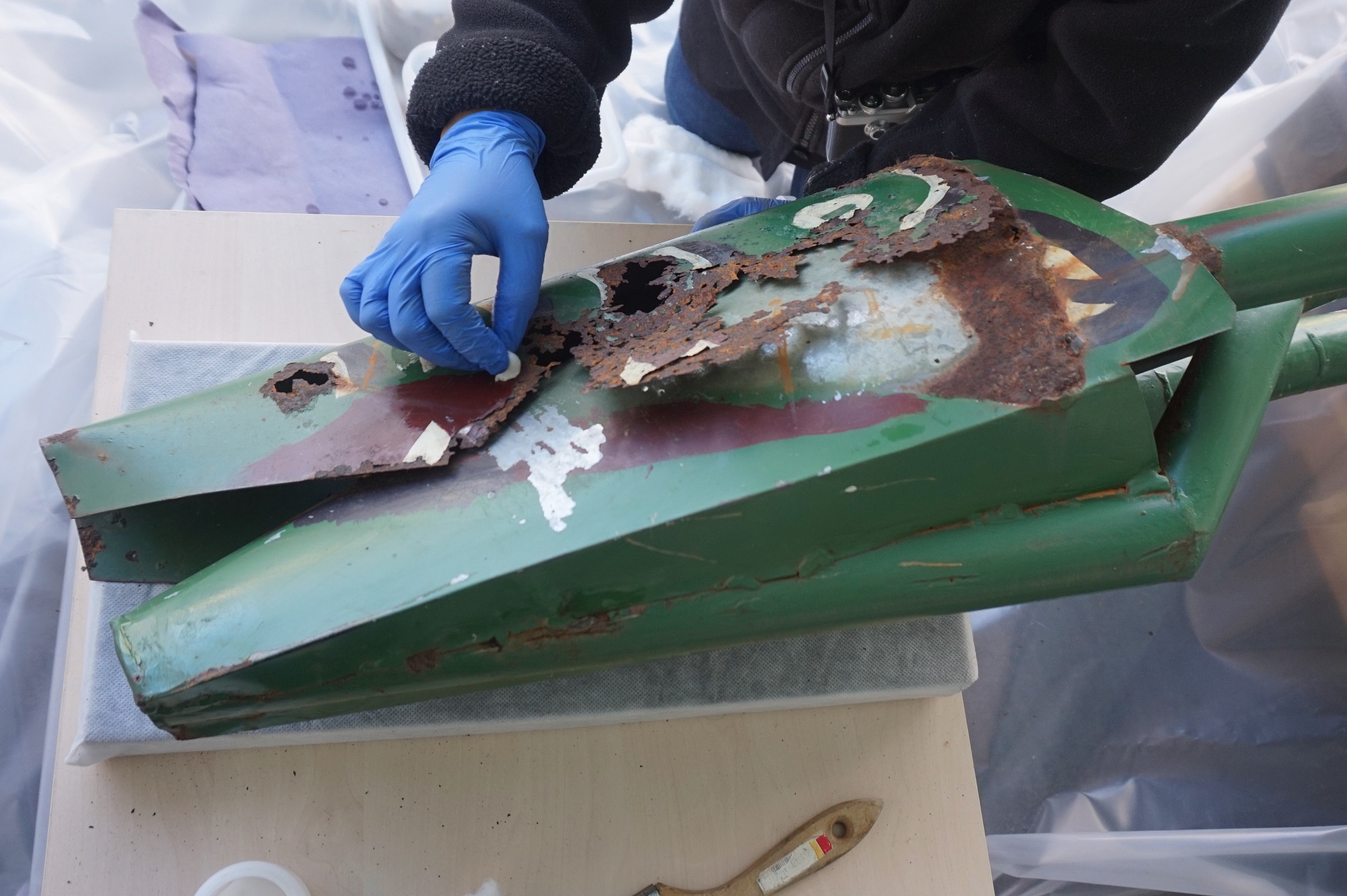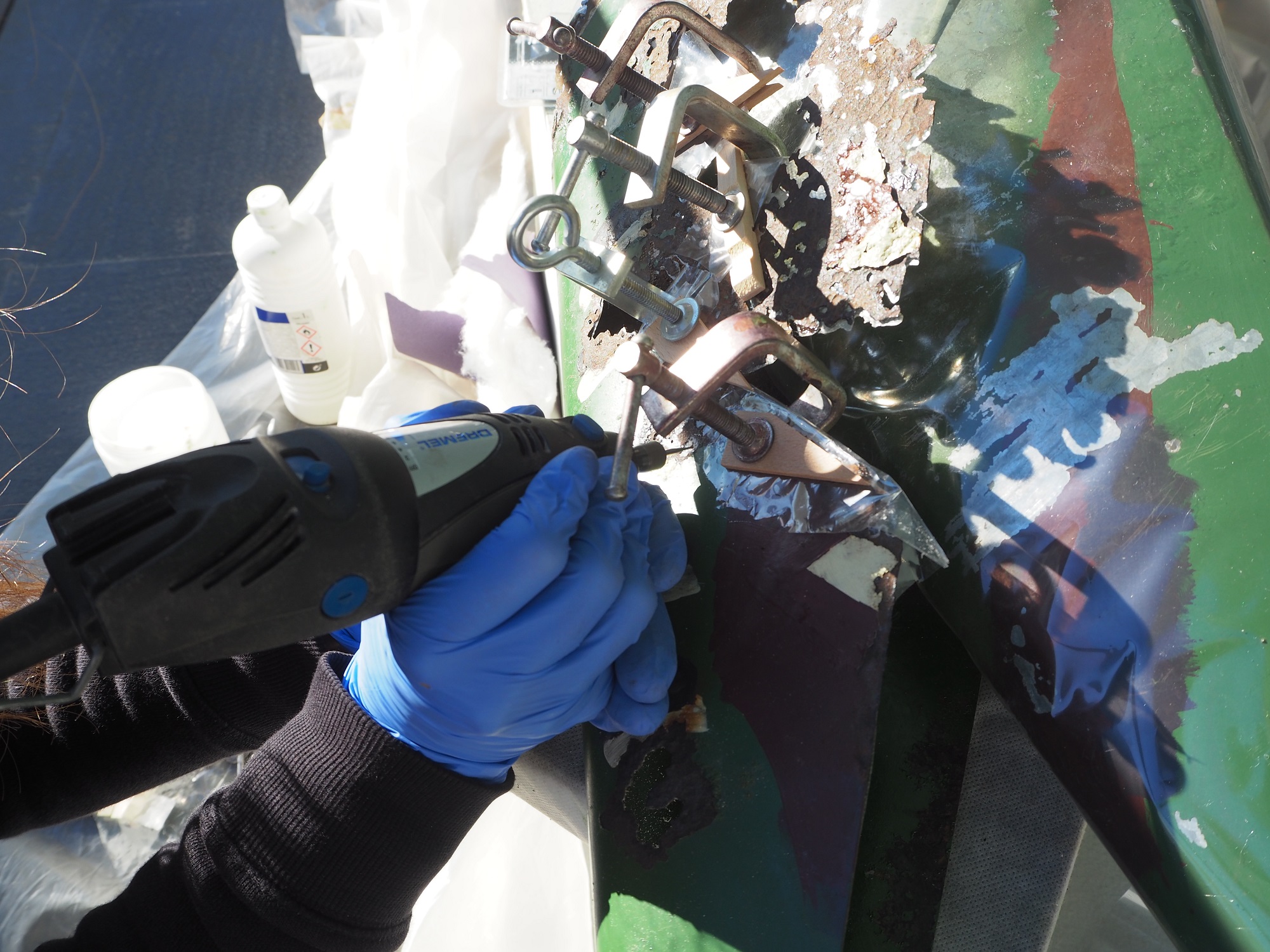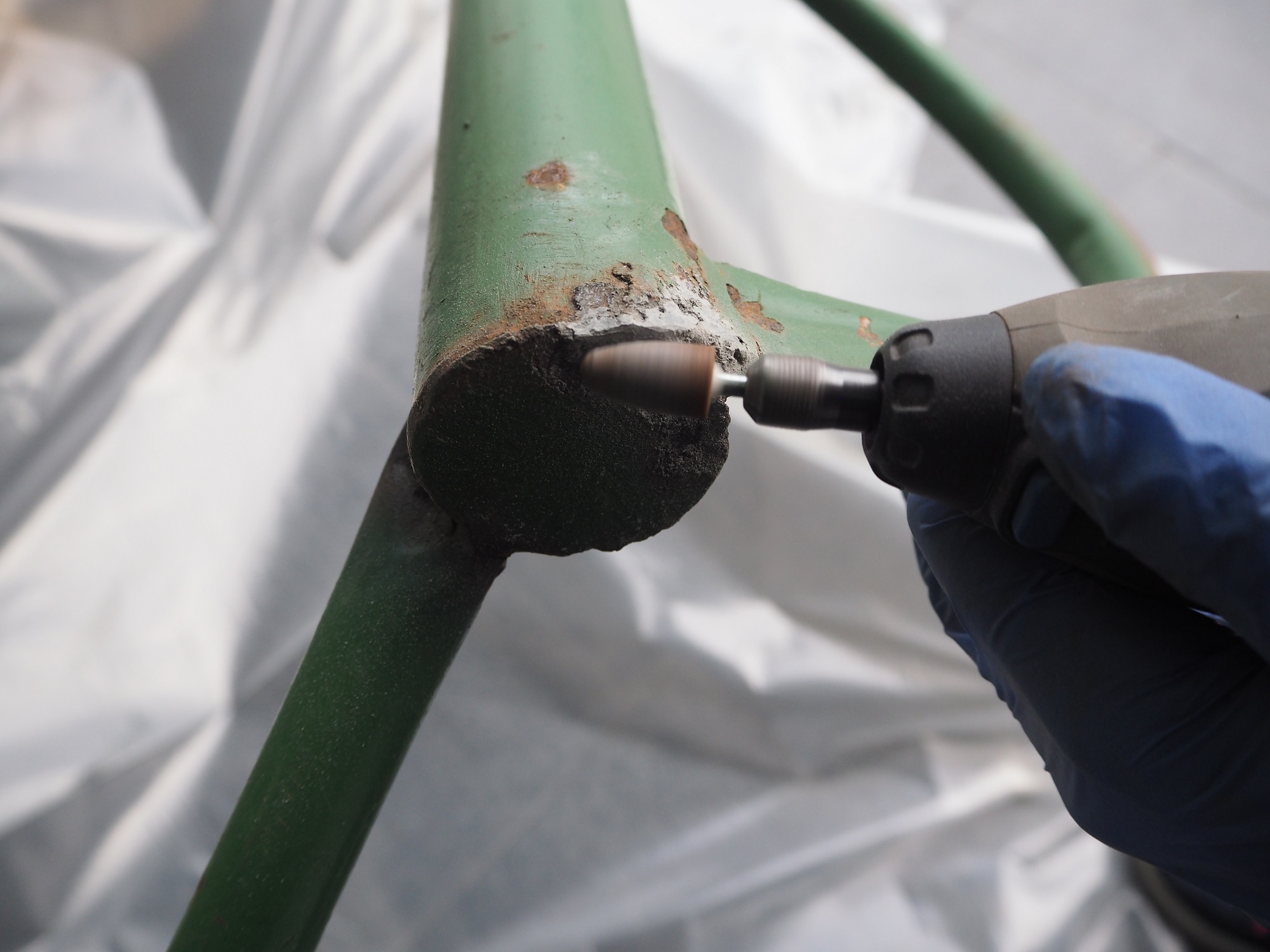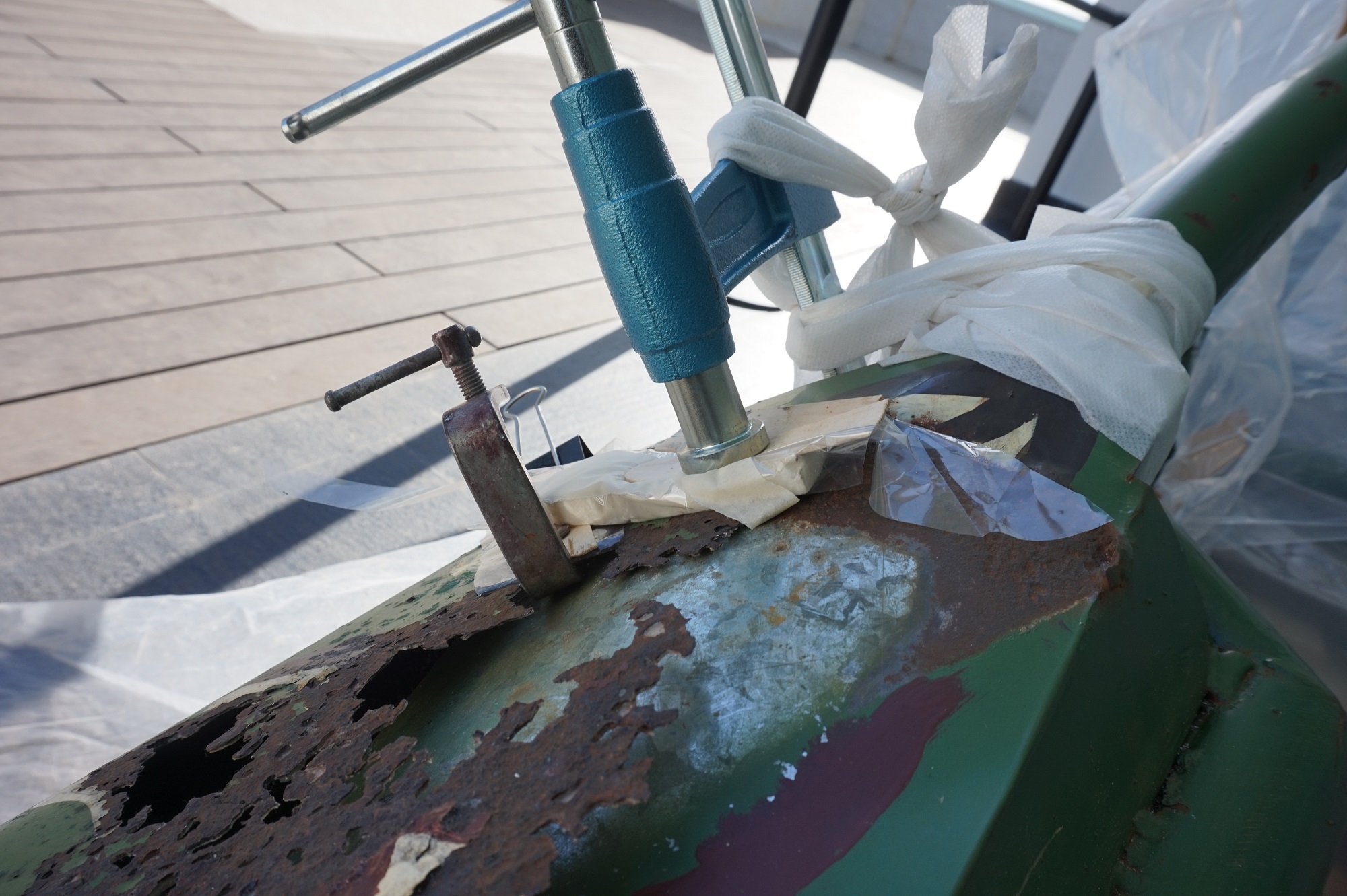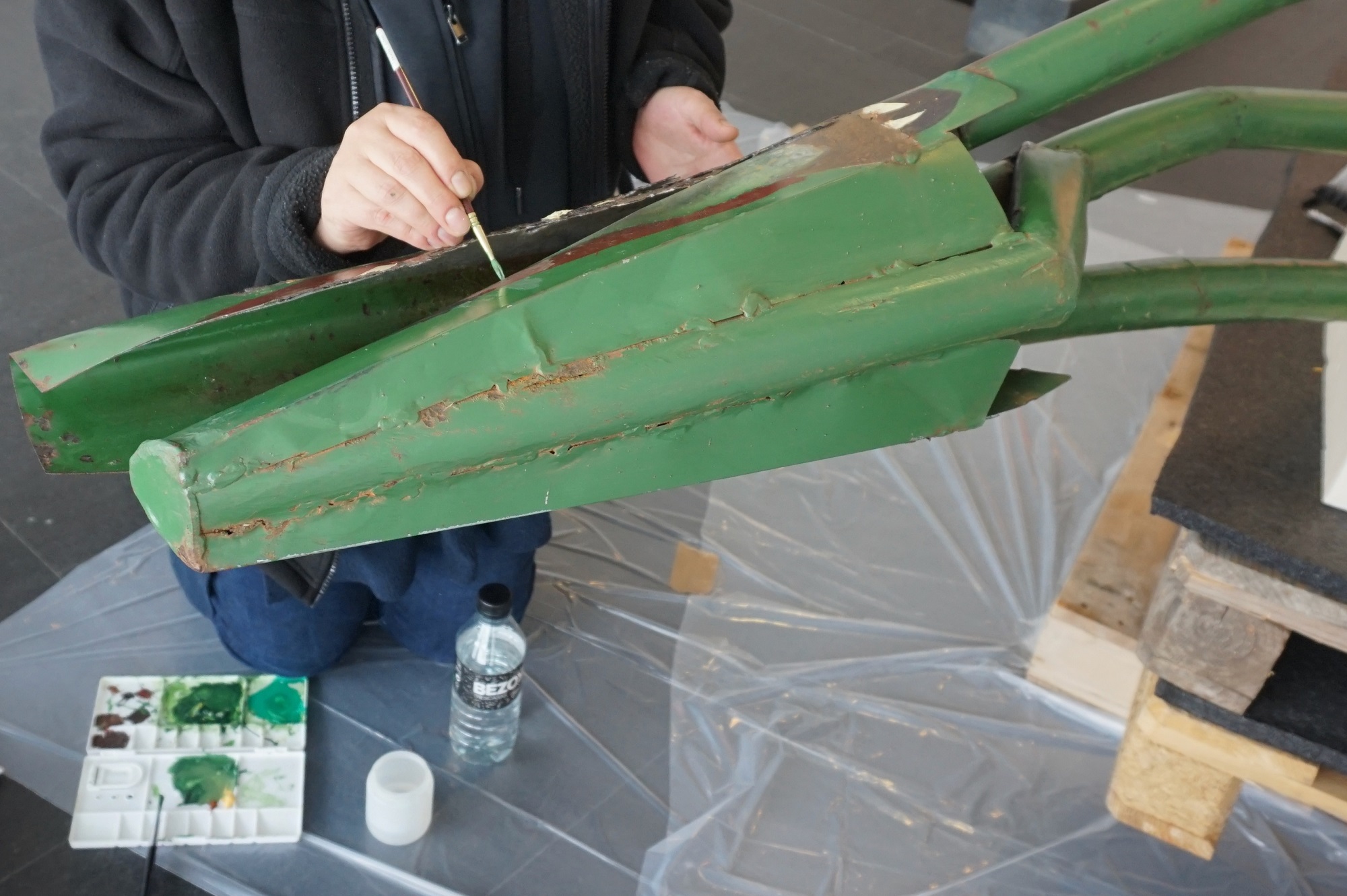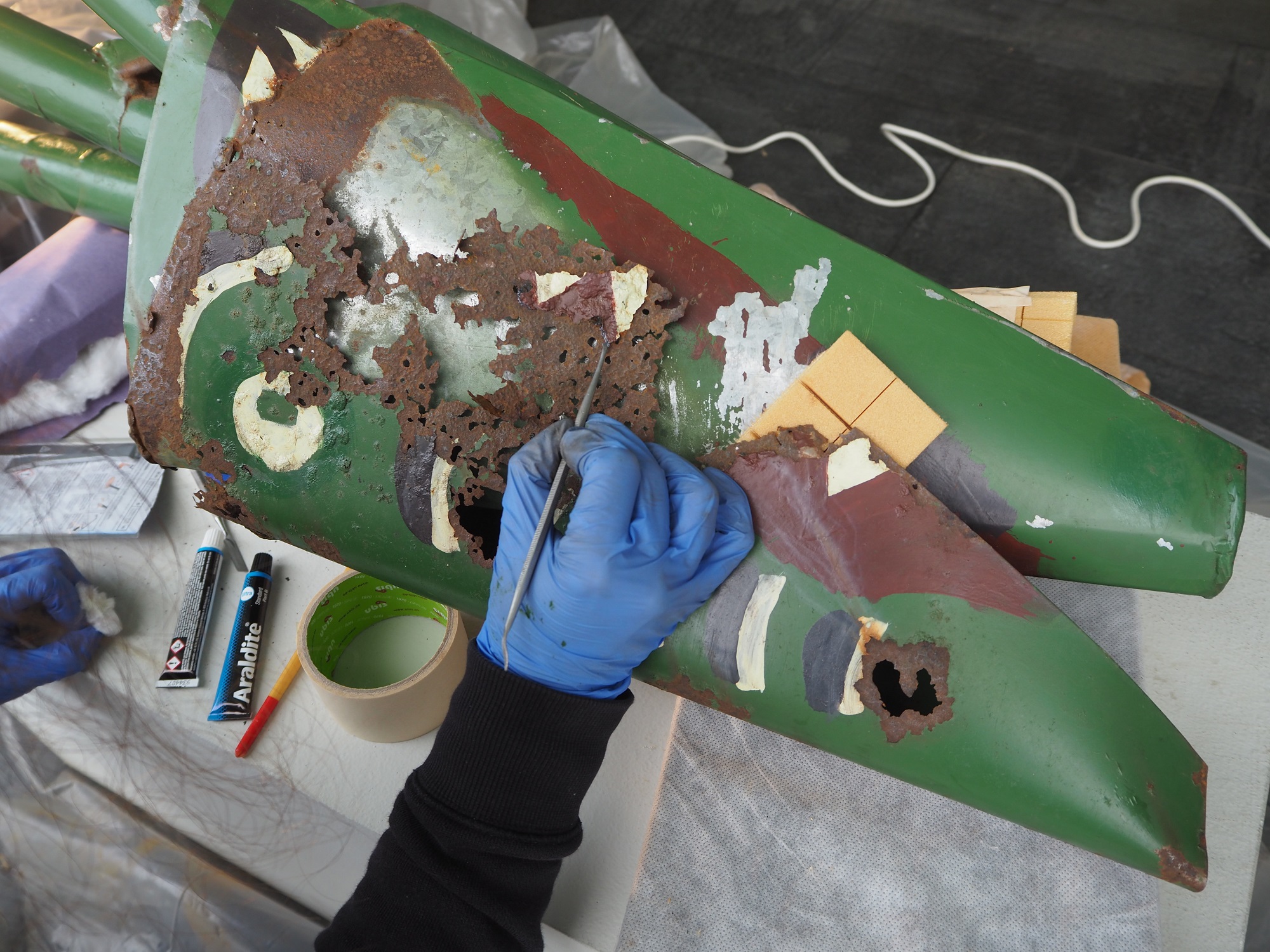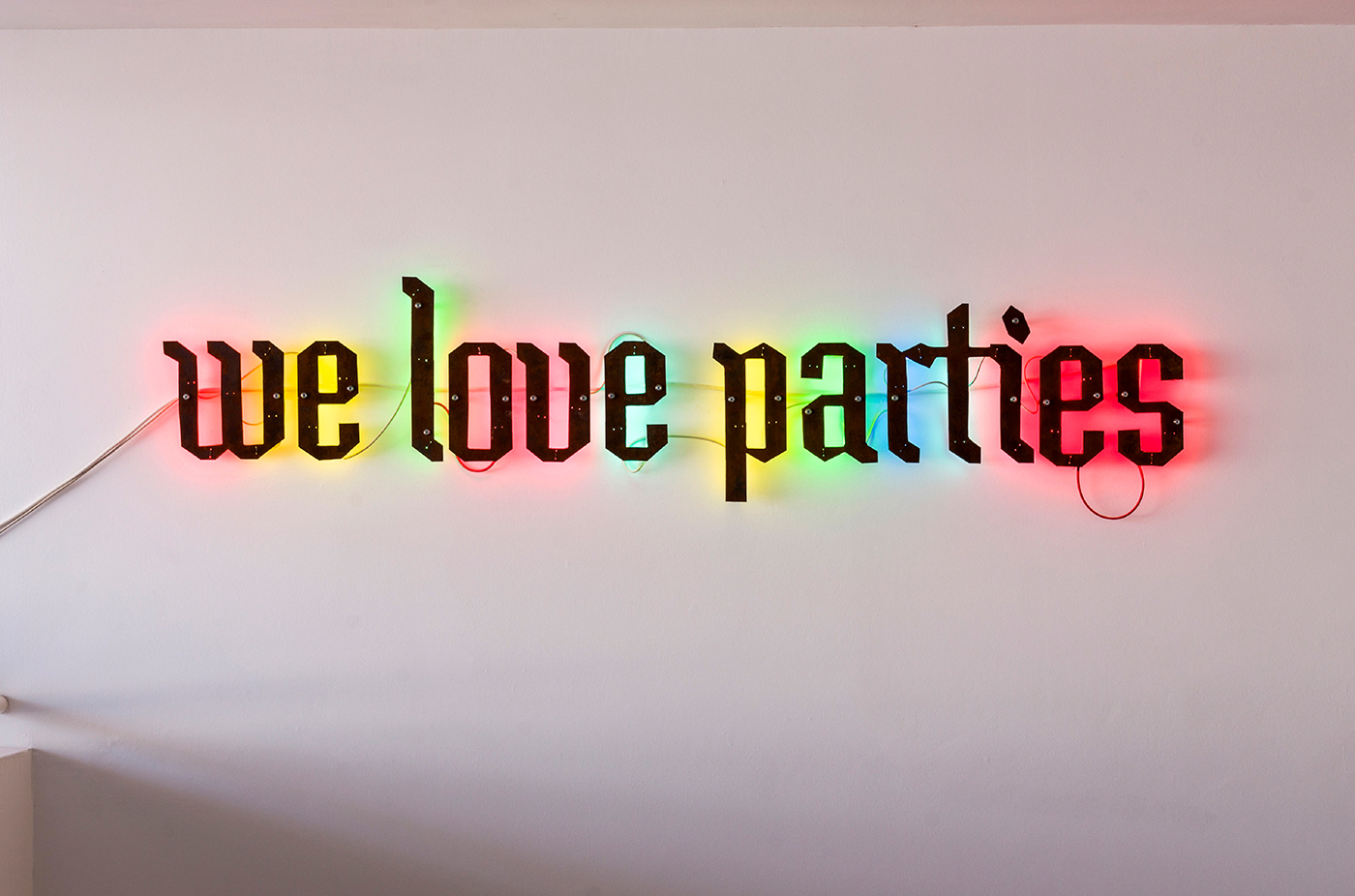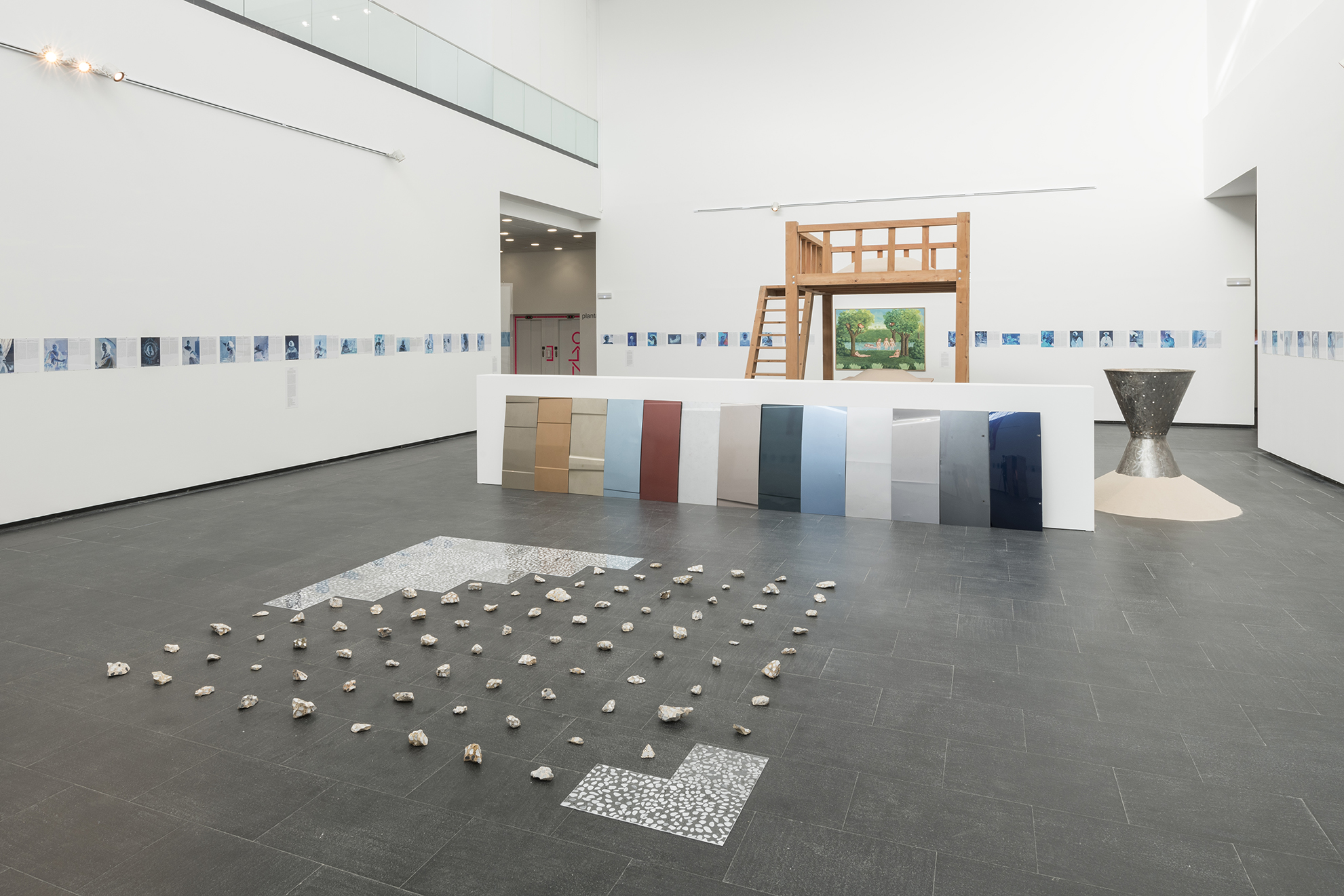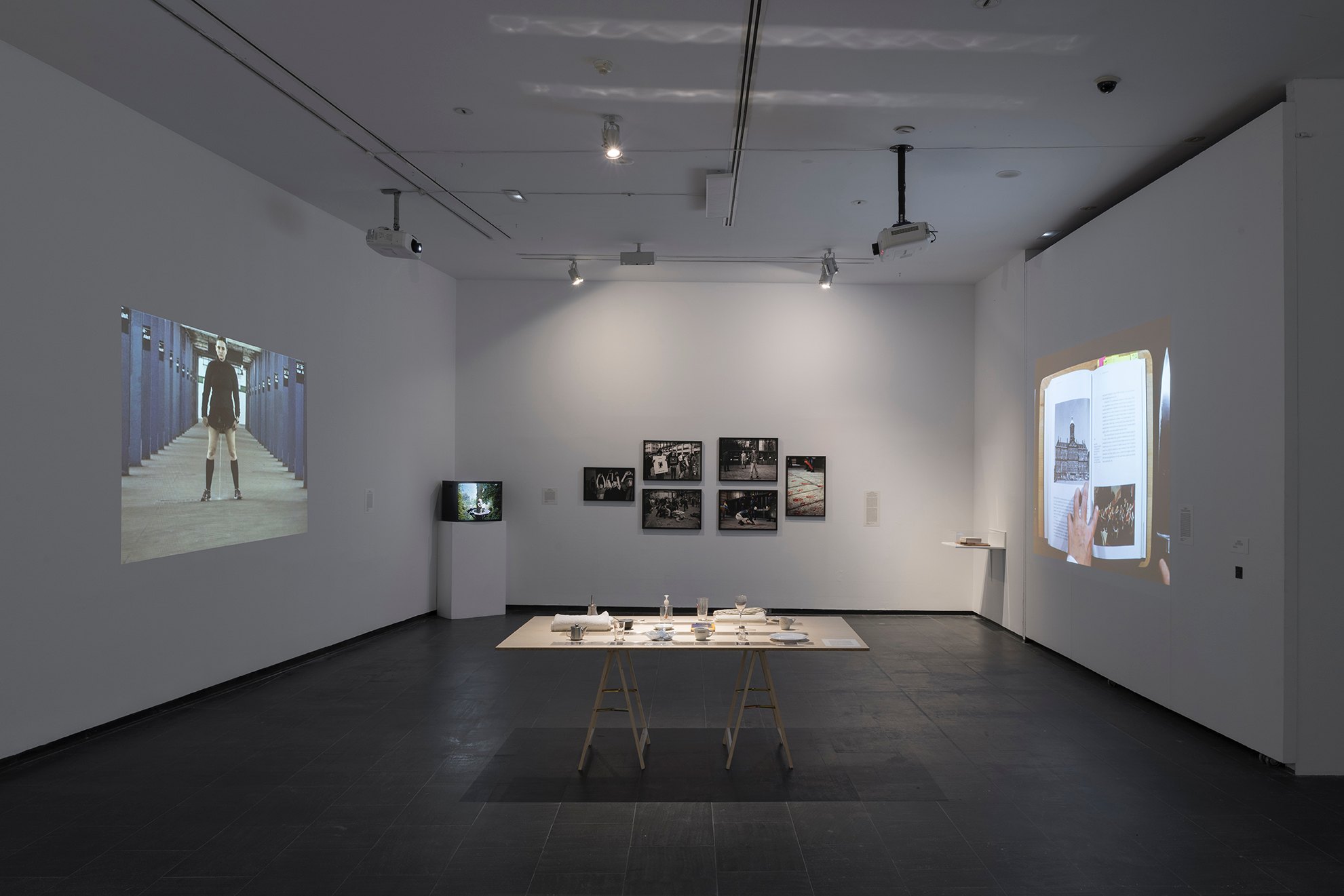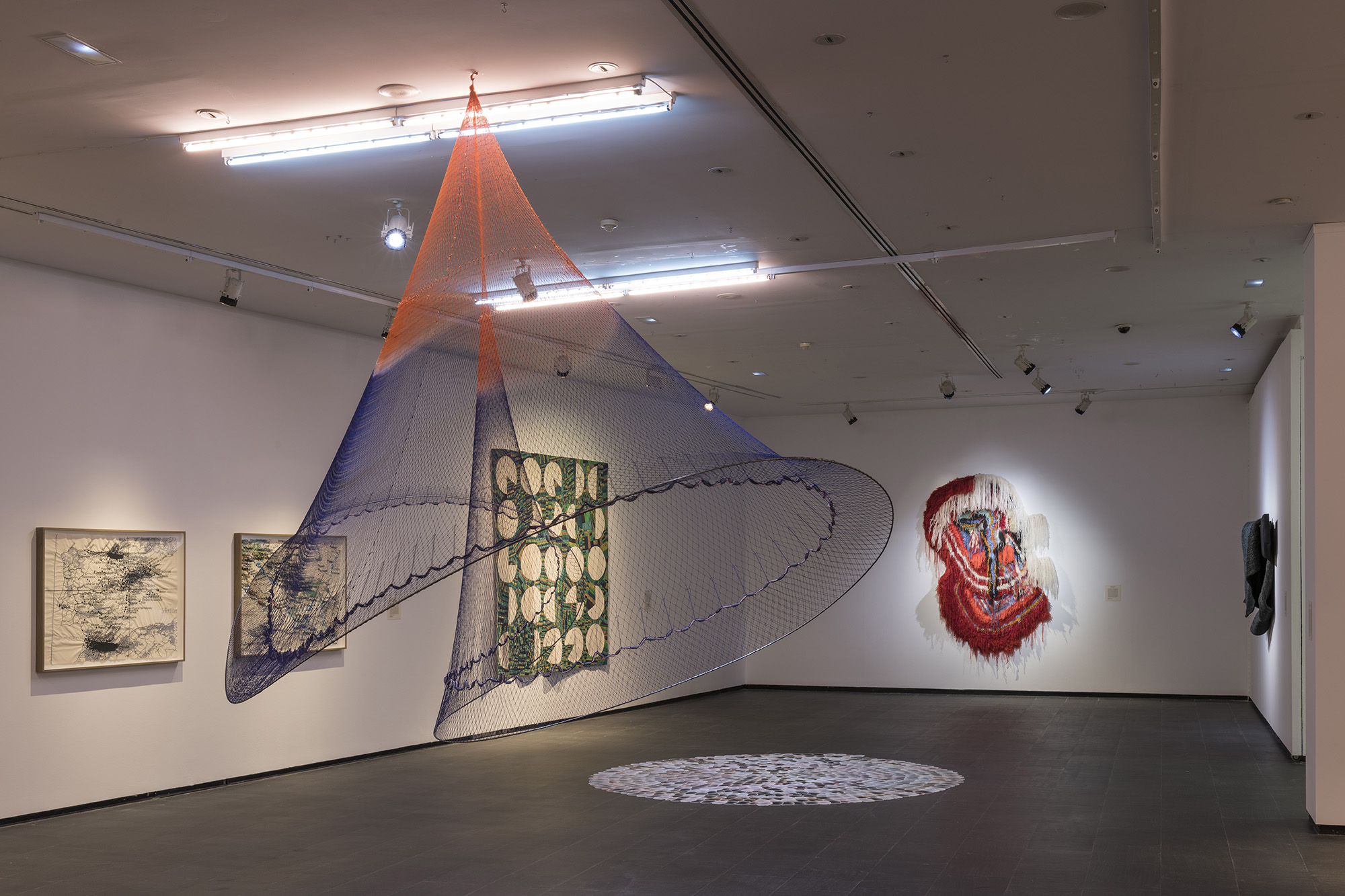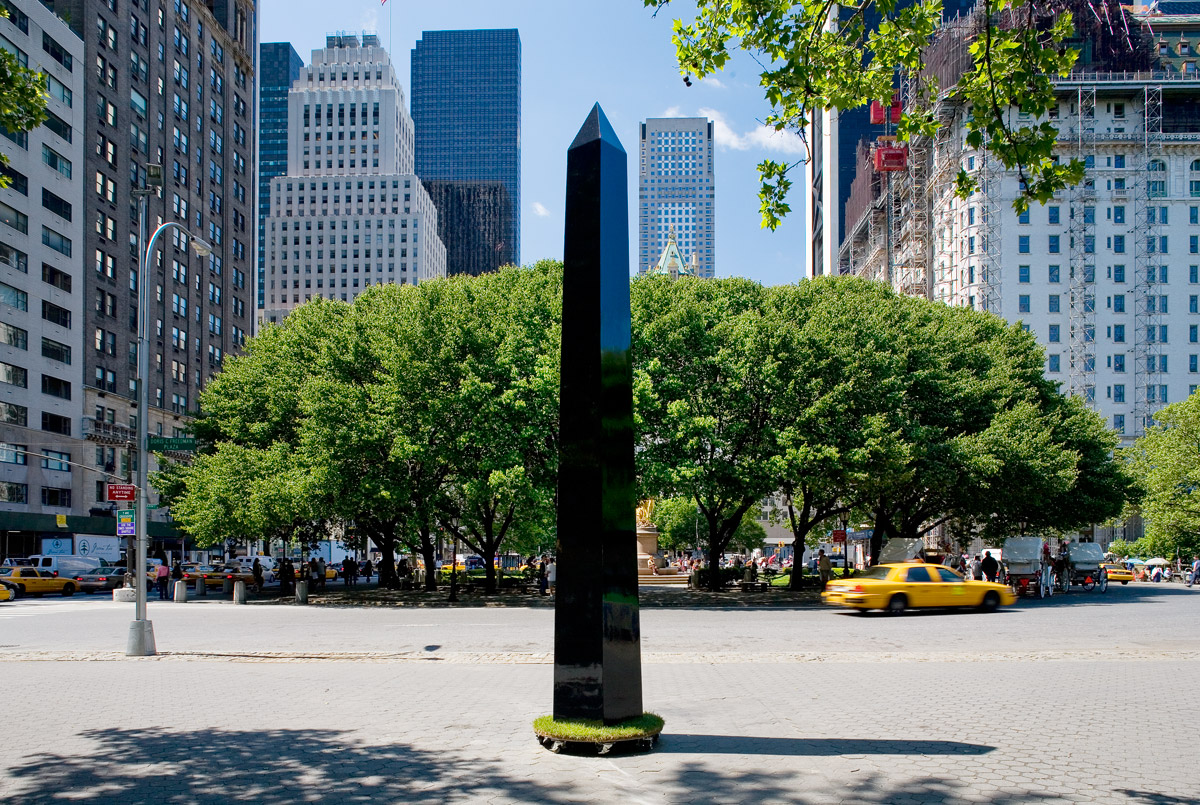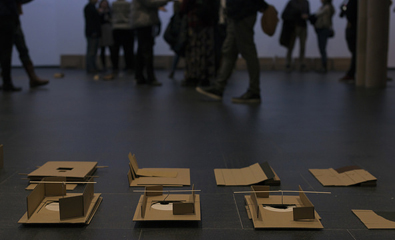On Monday 18 May we will be celebrating International Museum Day, with this year’s theme of “Museums for Equality: Diversity and Inclusion”. Despite the fact that our doors are still closed, we will celebrate the importance of institutions like ours throughout the whole week on our social media.
We will begin by defending the essential role played by all the people who have continued working in the museum throughout the confinement: security and cleaning staff, who ensure that it is maintained in optimum conditions for the day when we are able to return. For many years now, we have been refocusing our collections so that the acquisitions we make respond to criteria of equality, for instance enhancing exhibitions by women artists who still do not enjoy the institutional recognition they deserve. Besides our commitment with gender inclusivity, we are also working to ensure the visibility and representation of all forms of life, expanding the LGTBIQ perspective in our programming and collection, but also introducing intersectional criteria that includes raciality: it is fundamental to focus on issues of racism and our own institutional role in its networks of exclusion, a task that is still a long way from being completed.
Here at CA2M, many unexpected situations take place in the encounter between visitors and the material culture preserved here. The exhibition halls are a place where we can meet strangers, but there is also a peculiar physical encounter between objects and people. We believe that life in the museum, to be completely inclusive, has to be aware that it is a space of coexistence, a place where the aesthetic experience enables us to recover the magical dimension of things and species.
In May 2007, the Mexican artist Damián Ortega installed Obelisco transportable in Doris C. Freedman Plaza in New York. This obelisk on wheels is a biting comment on the displacement of the centres in big cities and the stability of symbols of power in the city space. Today this obelisk is in Móstoles, lying prostrate in our storeroom. It could be raised to its feet (or wheels) any given day here in our own halls or could travel to some other place, to mark the spot of a new centre. The screens of our smartphones or laptops become our portable exhibition halls, places of power where discourses and reflections are directed, affecting our emotions and consciences or helping us to imagine a new representation of the world. The radical experience of the body’s relationship with everything else will still have to wait another few weeks, when we open our doors once again and brush the cobwebs off the exhibition on absurd humour in Spain. But this museum, CA2M, will continue latent like a sleeping portable obelisk.
Happy International Museum Day!
Acceso notas adicionales
Entre el 11 y el 18 de mayo celebramos el Día Internacional de los Museos a través de nuestras redes sociales, síguenos para no perderte nada.
Entrance
On Monday 18 May we will be celebrating International Museum Day, with this year’s theme of “Museums for Equality: Diversity and Inclusion”. Despite the fact that our doors are still closed, we will celebrate the importance of institutions like ours throughout the whole week on our social media.
